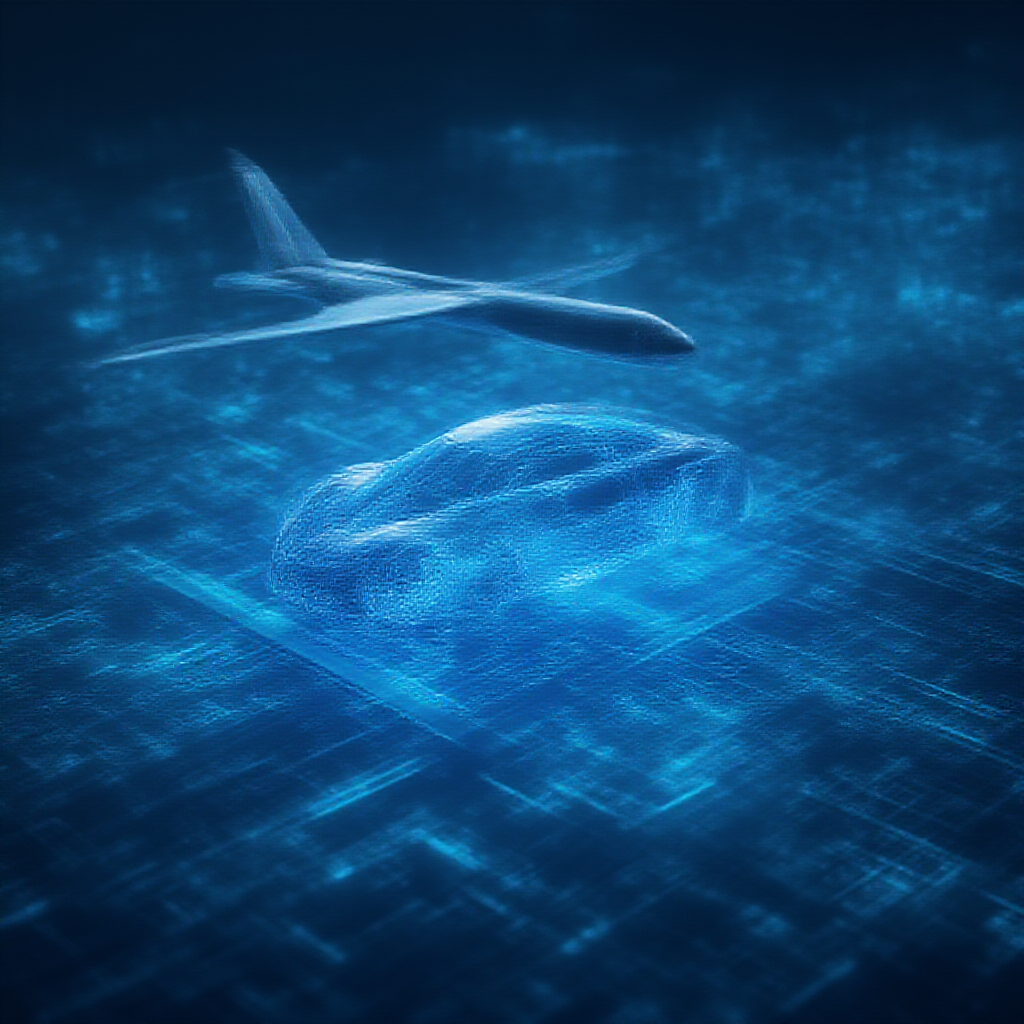
Introduction
The rapid evolution of artificial intelligence has reshaped many sectors, but few industries feel its impact as profoundly as aerospace and automotive engineering. These fields demand exhaustive simulations that traditionally rely on high‑performance computing clusters, long development cycles, and costly iterative testing. NVIDIA’s recent unveiling of the PhysicsNeMo framework, coupled with the DoMINO NIM microservice, promises to upend this paradigm by delivering simulation speeds up to five hundred times faster than conventional methods. This leap is not merely a technical curiosity; it translates into tangible benefits for product development timelines, cost reduction, and the ability to explore a broader design space. In this post, we explore how these innovations work, why they matter for industry leaders, and what the future might hold for AI‑driven physics modeling.
Main Content
GPU‑Accelerated Physics Modeling
At the heart of NVIDIA’s breakthrough lies the exploitation of GPU architecture for numerical physics. Traditional simulation engines, written for CPU‑centric architectures, struggle with the massive parallelism required for solving partial differential equations that describe fluid dynamics, structural mechanics, and thermal behavior. PhysicsNeMo re‑architects these solvers to run natively on NVIDIA GPUs, leveraging tensor cores and CUDA streams to perform billions of floating‑point operations per second. By mapping the discretized equations onto GPU kernels, the framework reduces the time to solution from hours or days to mere minutes. The result is a dramatic acceleration that enables engineers to iterate rapidly through design variants, conduct sensitivity analyses, and validate safety margins in real time.
The DoMINO NIM Microservice Architecture
Complementing the physics engine is the DoMINO NIM microservice, a cloud‑native component designed for scalability and integration. The microservice exposes a RESTful API that accepts design parameters, boundary conditions, and material properties, then orchestrates the GPU‑based simulation pipeline. Because it runs in a containerized environment, DoMINO can be deployed across on‑prem clusters, private clouds, or public cloud platforms such as AWS or Azure. This flexibility allows enterprises to maintain data sovereignty while still accessing the computational horsepower required for large‑scale simulations. Moreover, the microservice’s stateless design means that multiple concurrent requests can be handled without bottlenecks, a critical feature for teams that need to run parallel studies.
Digital Twins and Real‑Time Simulation
Beyond raw speed, the integration of PhysicsNeMo with interactive digital twin technology unlocks a new dimension of engineering insight. A digital twin is a virtual replica of a physical system that continuously synchronizes with real‑world data. By feeding live telemetry from aircraft engines or automotive chassis into the simulation pipeline, engineers can observe how design changes affect performance under actual operating conditions. The 500× acceleration ensures that these updates happen in near real time, allowing for dynamic adjustments during testing or even in production environments. This capability is especially valuable for predictive maintenance, where early detection of anomalies can prevent costly downtime.
Industry Impact: Aerospace and Automotive Case Studies
Several leading aerospace and automotive companies have already begun to reap the benefits of NVIDIA’s technology. In aerospace, a major manufacturer used PhysicsNeMo to model the airflow over a new wing design. The simulation, which previously required a 48‑hour run on a CPU cluster, now completes in under ten minutes, enabling the design team to evaluate dozens of configurations within a single workday. The accelerated workflow led to a 20% reduction in the overall development cycle and a measurable improvement in fuel efficiency.
In the automotive sector, a premium carmaker leveraged DoMINO to simulate crash scenarios for a new vehicle model. By integrating the microservice with their existing CAD workflow, engineers could run thousands of impact tests in parallel, each producing detailed stress maps and deformation predictions. The speedup allowed the team to identify critical reinforcement points early, reducing material usage and cutting production costs. Additionally, the ability to simulate edge‑case scenarios that were previously infeasible has bolstered safety certifications and accelerated time‑to‑market.
Future Directions and Challenges
While the current performance gains are impressive, the journey toward fully AI‑driven engineering is ongoing. Future iterations of PhysicsNeMo aim to incorporate machine‑learning surrogates that can predict simulation outcomes with even greater speed, potentially reducing the need for full‑physics runs in routine design checks. Researchers are also exploring hybrid models that combine physics‑based solvers with data‑driven corrections to improve accuracy for complex, multi‑physics problems.
However, challenges remain. The steep learning curve associated with GPU programming and the need for specialized hardware can be barriers for smaller firms. Data security concerns also arise when deploying cloud‑based microservices for sensitive design data. Addressing these issues will require robust training programs, secure deployment frameworks, and continued collaboration between hardware vendors, software developers, and industry stakeholders.
Conclusion
NVIDIA’s PhysicsNeMo framework and DoMINO NIM microservice represent a paradigm shift in how aerospace and automotive companies approach engineering simulation. By harnessing GPU acceleration and cloud‑native microservices, they deliver unprecedented speed, scalability, and integration with digital twin ecosystems. The practical outcomes—shorter development cycles, cost savings, and enhanced safety—are already evident in real‑world deployments. As the technology matures and becomes more accessible, we can expect a broader adoption across industries that rely on complex physics modeling.
Call to Action
If your organization is looking to stay ahead in a competitive landscape, consider evaluating NVIDIA’s AI physics solutions. Reach out to NVIDIA’s engineering partners or attend upcoming webinars to explore how PhysicsNeMo and DoMINO can be integrated into your existing workflows. By embracing these tools, you’ll unlock faster innovation cycles, reduce engineering costs, and position your products at the forefront of technological advancement. Contact us today to schedule a demo and discover the transformative potential of AI‑accelerated physics modeling for your next project.
